HELLO, I’m SO glad you’re here!!
So what is The Dahlia Grower’s Library? Welp, it’s a little corner of the internet (for now) that I hope will grow into a vast, bloom-filled archive of dahlia knowledge—kind of like our dahlia garden! This space is totally free and meant to be a source of helpful info, inspiration (read: lots of dahlia pics), and maybe even a few laughs. There are just a few articles at the moment, but I’ll be adding more throughout the growing season.
It’s a small way to say thank you for choosing us, but also a chance for me to dive deeper into the questions I get asked the most—and to explore all the wild, wonderful, and occasionally chaotic things happening in the dahlia world. Keep scrolling to learn a little more about us and what this Library is all about.




About Us
And if you’re thinking, “Wait, who’s us?” That would be me (Maggie) and my husband Matt. Together, we run Petal Back Farm. You can find a more informal “About Us” here.
As for dahlias . . . yeah, they’ve kind of taken over our lives. Maybe you’ve been bit by the bug, too?
It still cracks me up, because it’s definitely not what we set out to do. My obsession sort of makes sense, but Matt? LOL. His background is in taxidermy and guiding big game hunts across Wyoming and Colorado. The fact that he now almost knows as much about dahlias as I do? It will forever amuse me. Dahlias are sneaky like that.
As for me, I had no clue dahlias would become such a huge part of our farm story. I didn’t even know if we could grow them in our climate (Zone 4 Wisconsin)! Naturally, that didn’t stop me from impulse-purchasing over 200 varieties my first year😬. I’m what you might call a “fail fast, learn faster” kind of person. And if failure really is our best teacher, well . . . let’s just say we’ve learned a LOT.
That first season? My dahlias were . . . let’s go with “underwhelming.” I made a bunch of mistakes—the biggest one being that I planted way too late. Dahlia plants need a longer season than I gave them, and no one walking past that patch was like, “Whoa! This is it! This is your destiny!” Honestly, it’s a miracle I even bothered to dig them up.
BUT—I’m a stubborn son of a biscuit. So I did what I do best: research. I’m a research fiend. I spent all winter deep-diving into everything dahlia. And the next season? WOW. Huge improvement. The one after that? The field exploded. It was absolutely magical. (And, if I may say so, finally impressive.)
Soon people started asking if they could buy tubers. And then more people. At first I was like, “I have no idea how to do that.” I’d never shipped anything before. I’m the person who doesn’t return things just to avoid mailing them. But eventually I was like, “F it, let’s go.” I got everything in order with the Department of Ag, and when Matt asked what I was doing, I said, “You mean, what are we doing? 😬”
We embarked on shipping our first tubers and immediately asked each other: are we dumb?? Turns out, shipping is more complicated than it looks. But folks were kind and patient, and—just like growing dahlias—we got better at it. We’ve now shipped to every single state.
And just like that, we grow thousands of dahlias, including some of the rarest in the country. And because you’re here, I’m guessing you got a tuber (or tubers) from us. If so, I hope you know that each one was once on my wishlist, and I counted down the seconds waiting to snag it. I’m over the moon to now share that excitement with you—and I hope this Library is a helpful extension of that gratitude.
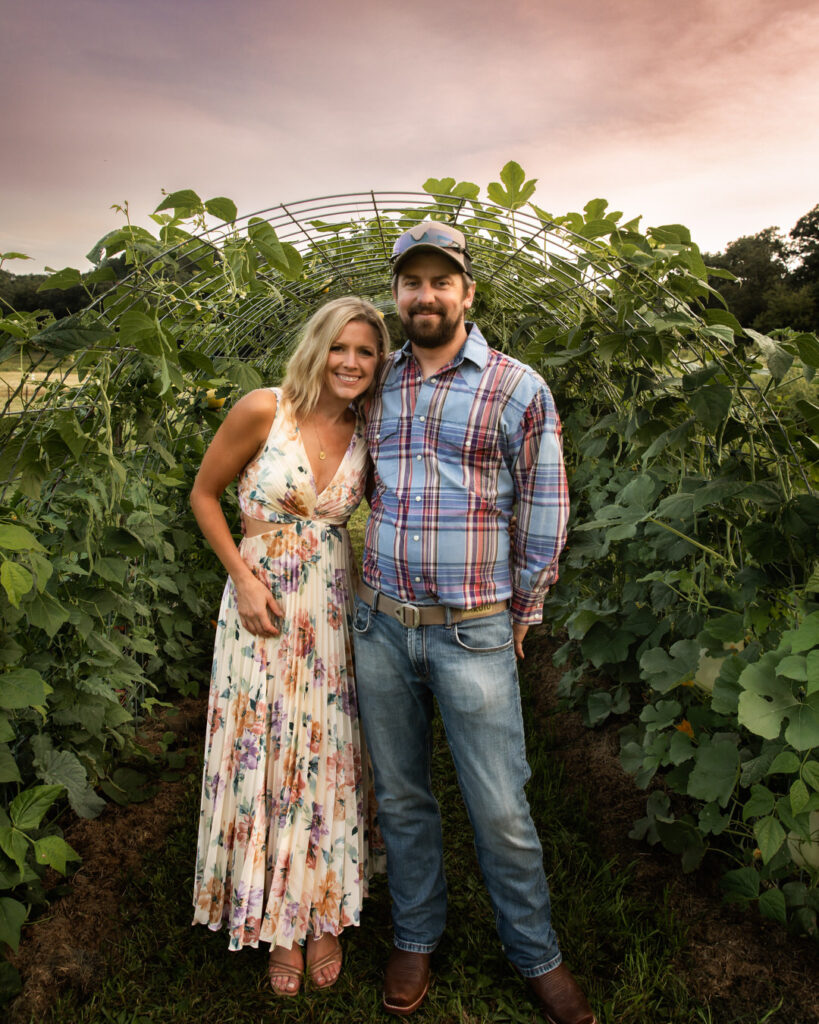
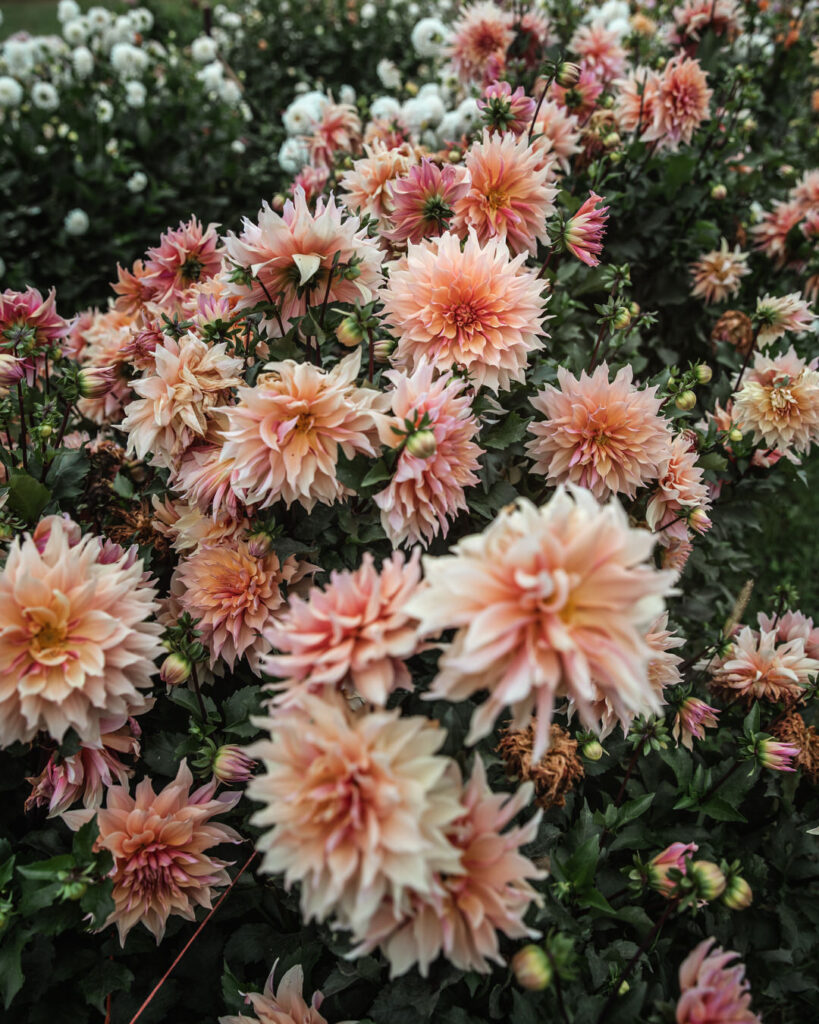

About The Dahlia Grower’s Library
Matt and I raised honeybees for years, and there’s a saying in the beekeeping world: Ask five beekeepers how they raise bees, and you’ll get five different answers. We’ve found that growing dahlias is exactly the same: ask five growers, get five answers!
There’s a lot of information out there, and some of it contradicts itself. But those contradictions aren’t necessarily wrong. Like most things in farming, the “right” approach depends on your unique situation—your climate, goals, stock, experience, and even your soil.
There are endless dahlia varieties, and each one can behave a little differently based on where it’s grown. Just like terroir affects lavender or wine, it influences dahlias, too. (If you’re curious about that concept, I wrote more about it here.)
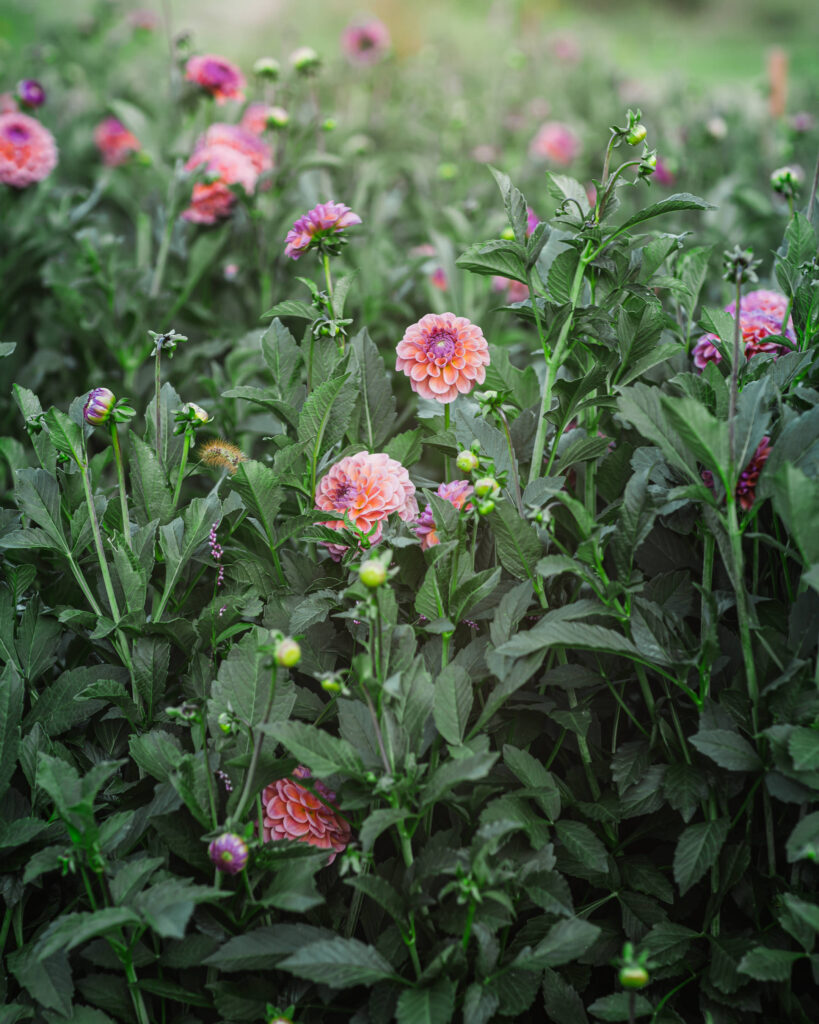
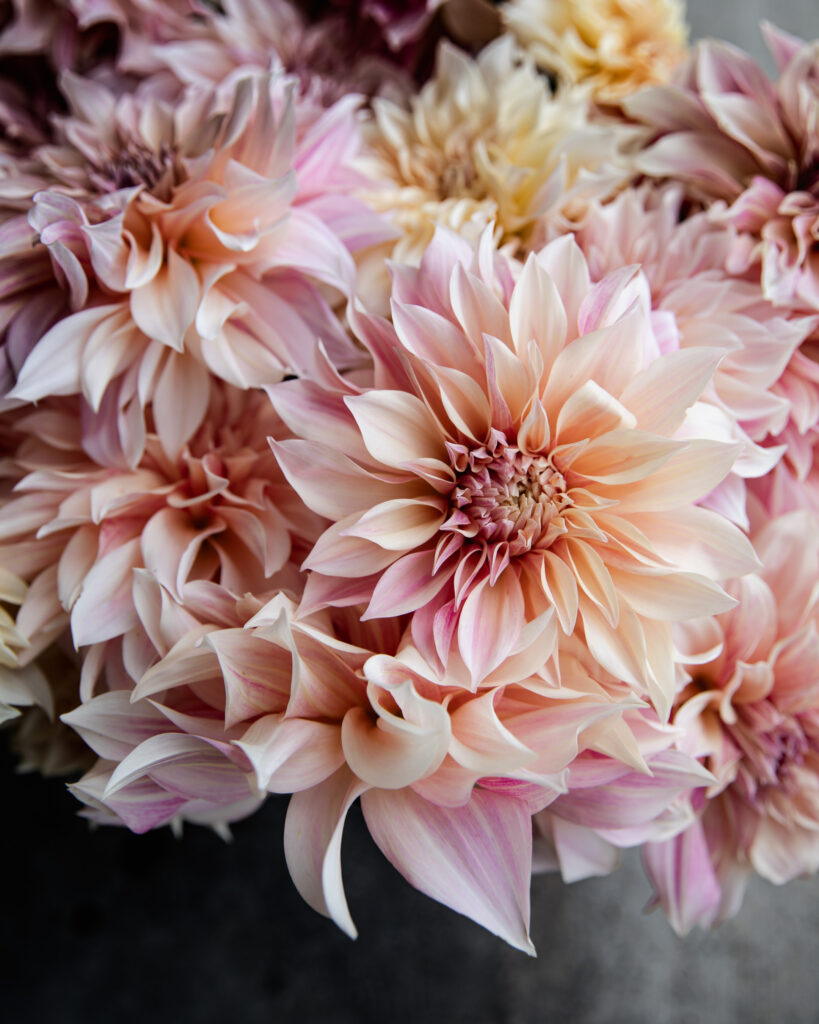

Because we grow dahlias primarily for cut flowers, this Library leans toward cut-flower production rather than show growing. I’ll be sharing what’s worked for us, and also what I’ve learned from industry pros and mentors. I always give credit where credit is due, so these sources will be noted or linked where appropriate.
Think of this Library as your dahlia-loving friend sharing what she’s learned—take what helps, leave what doesn’t. Our way isn’t the way. What works for one grower might not work for another. But through sharing, we all learn and grow. And I invite you to use the comments section below each post to share too!
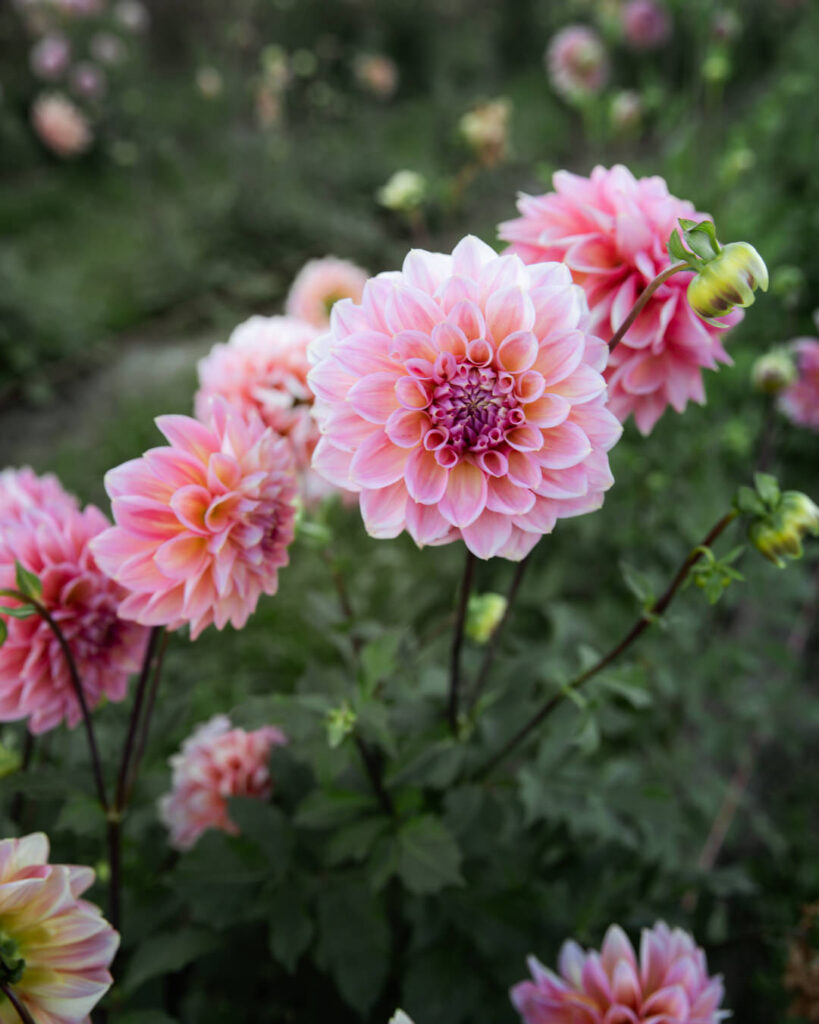
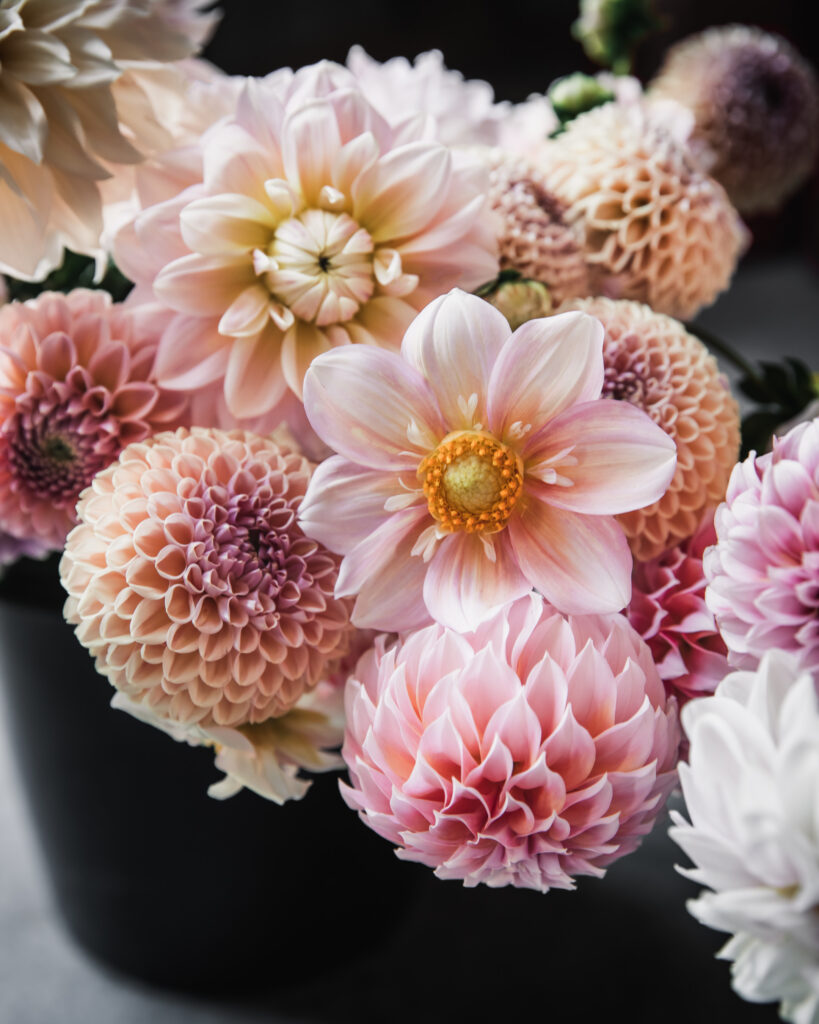
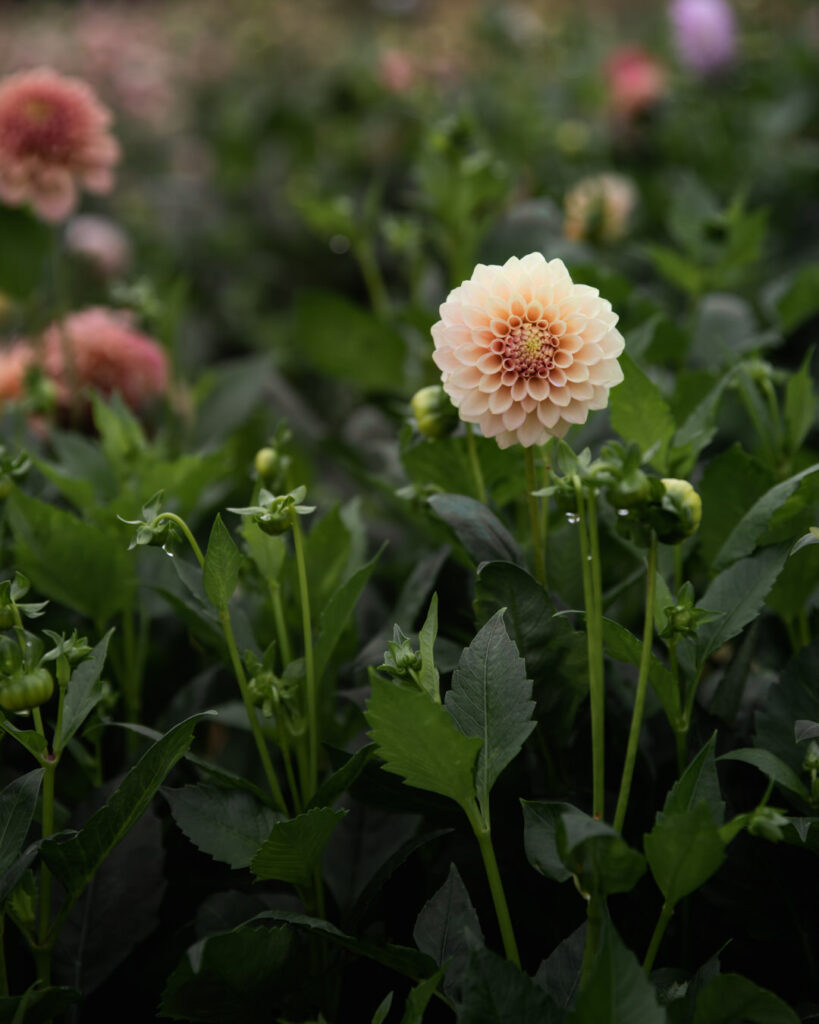
And if there’s one thing I hope you bring into your own dahlia journey, it’s this: Grace.
You’ll notice that’s a recurring theme here—grace for those sharing information, grace for the work it takes to grow and ship tubers, and grace for yourself as a grower.
Because let’s be real: growing dahlias is emotional. From rare varieties and frenzied sales, to the endless advice (and contradictory tips), to all the things that can go sideways—rot, pests, desiccation, frost, storage fails—you name it. It’s a lot.
You can go from feeling like you’ve won the lottery (hello, rare tuber!) to losing it without seeing a single bloom. (Yes, even experienced growers lose varieties every year—me included.) But when they bloom? Pure magic.
One tuber can produce flowers for months. And at the end of the season, that one little tuber will have made more tubers, ready to replant or share. It never stops being amazing.
So if you’ve ever struggled with dahlias, I hope this Library becomes a place where you feel supported, informed, and inspired. It’s not a static space—it will keep growing, just like all of us.
Please check back often. And remember: grace for yourself, grace for others, and, if I may ask, grace for me too.
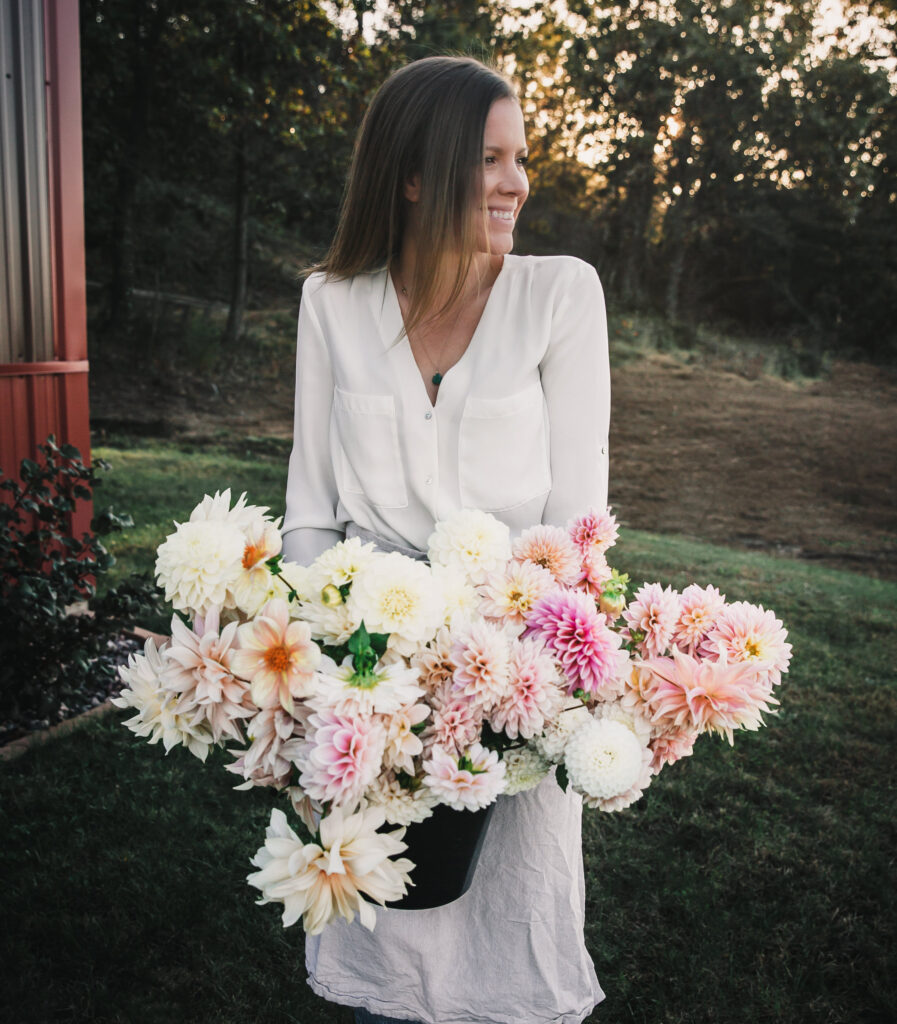

cLICK FOR Comments +